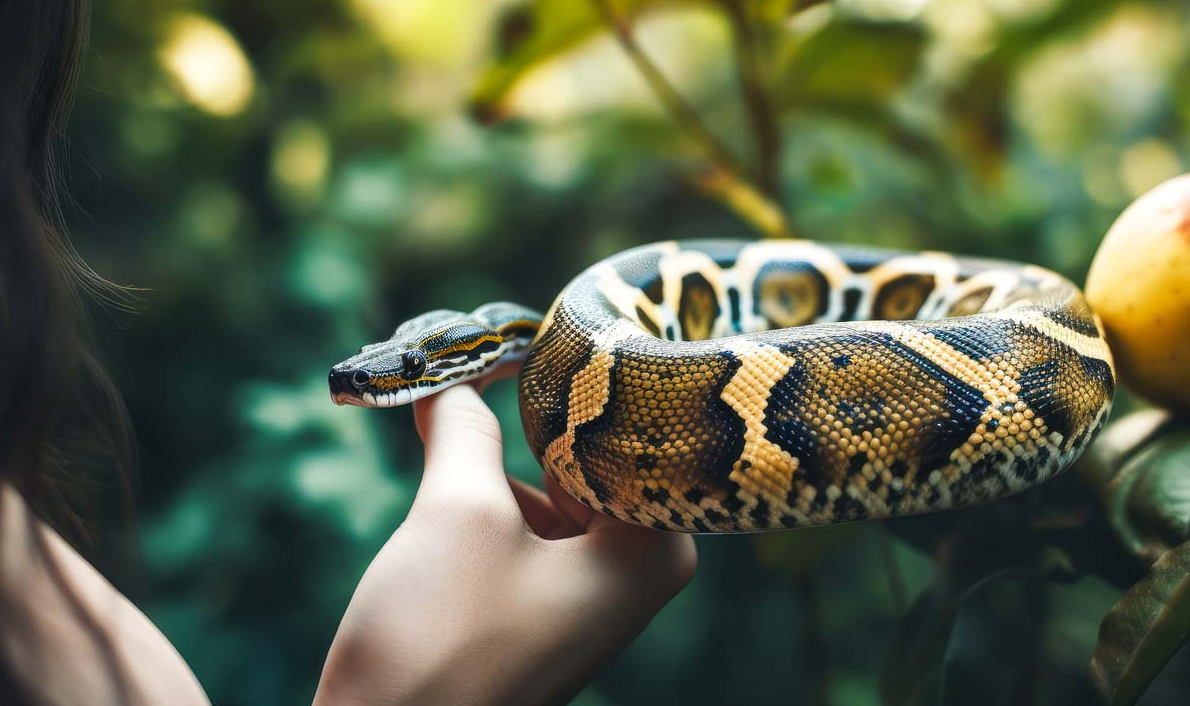Lilith, an ancient mythological figure and one of the oldest known female spirits in the world, has embodied various roles across cultures.
In some sources she has been described as a demon, while in others she was revered as an icon who morphed to become one of the darkest deities of the pagans.
While her roots can be found within the famous Epic of Gilgamesh, she was also described within both the Bible and the Talmud.
Within Jewish tradition, Lilith is regarded as the most notorious of demons, which in other sources she was portrayed as the first woman created on Earth.
In fact, according to one legend, God formed Lilith as the first woman of the human race, employing the same method as he did with Adam. The only different was that in place of pure dust, he also used filth and residue to create woman.
Women’s Day: When was it first celebrated – See photos of events around the world since 1917
Lilith’s name, derived from ancient Semitic languages, carries profound symbolism.
Signifying “the night,” it links her to the darkness and mysteries of the nocturnal realm.
This association underscores her connection to primal instincts, including sensuality and freedom, while also evoking a sense of awe and fear, highlighting the complexity of her character across different cultural interpretations.
Continue here: Ancient Origins
Ask me anything
Explore related questions





